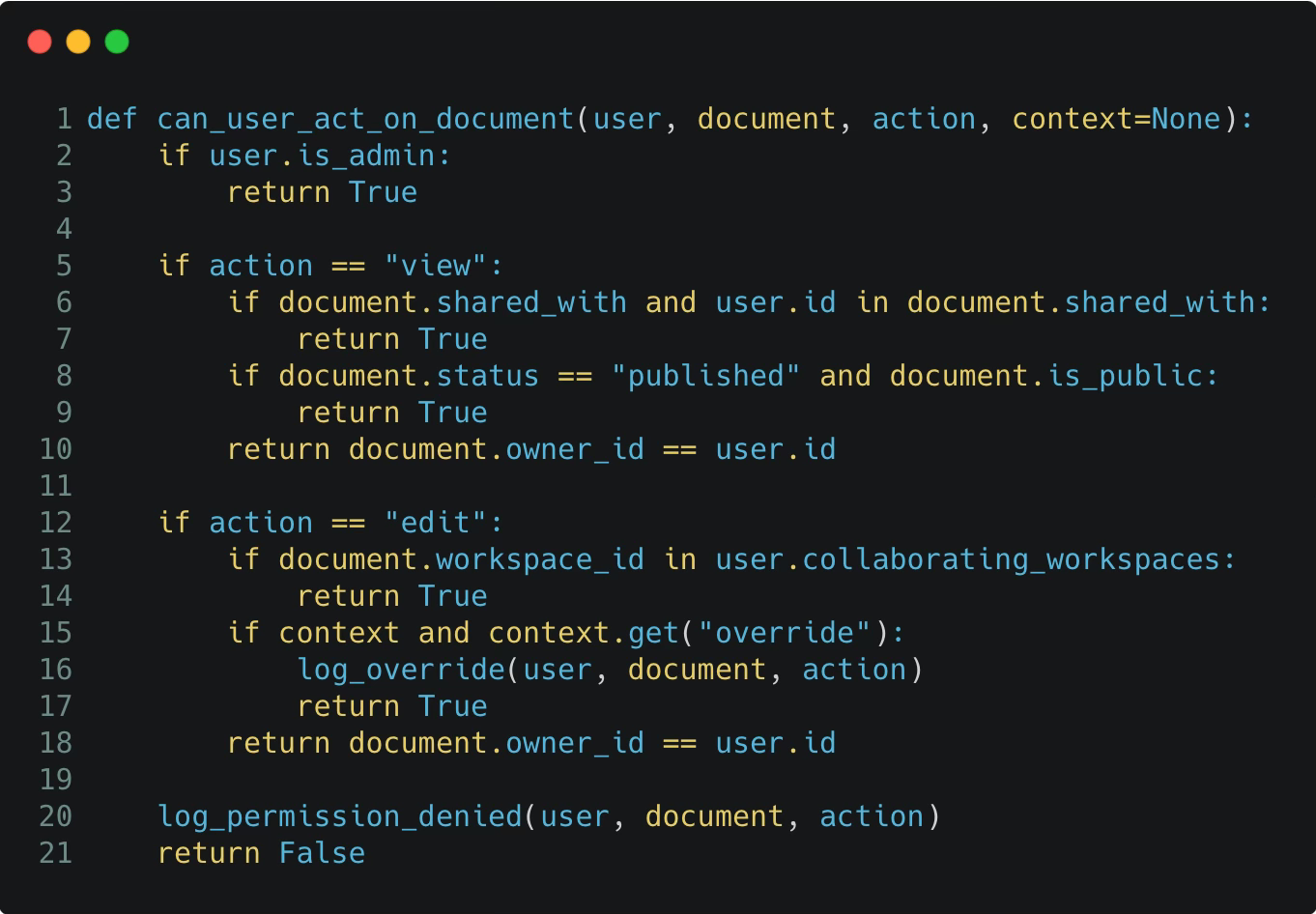Wait for the Abstraction to Earn Its Place
Duplication isn’t the enemy. Premature abstraction is.
We’ve been taught to fear duplication.
"Don't Repeat Yourself."
It's etched into every clean code guide, every pull request nitpick. Duplication is waste, right?
Well… not always.
Sometimes duplication is just waiting for the right abstraction to show up.
Too often, we squash repeated code prematurely, and end up with a leaky, rigid, half-wrong abstraction that doesn't actually fit anything well.
Duplication isn’t the enemy. Misguided abstraction is.
Here’s the trap:
You spot some duplication:
So you DRY it up:
Seems harmless, right?
You might be thinking:
"If this gets messy, I’ll just refactor it later."
But here’s what “later” usually looks like:
That clean abstraction?
It’s now a tangle of roles, edge cases, overrides, and fallback rules.
And because you abstracted early, everything now flows through this one brittle path.
You didn’t avoid duplication. You centralised fragility.
And here’s the worst part:
Once this function becomes part of your shared library or service layer, it becomes a fixed interface.
You can’t just “refactor it later.”
Too many other components or entire teams depend on how it works.
So you stop improving it and start working around it.
What started as a cleanup turned into a slow-burn trap.
Abstractions should emerge, not be forced
Codebases evolve. So should your design.
If you hold off on abstracting too early, you let the duplication teach you what the real differences are. You give the abstraction a chance to reveal itself.
When you abstract too soon, you’re guessing. When you wait, you’re reflecting.
When you see duplication but don’t yet know the right abstraction, leave the code as is. Clarity now is better than the wrong abstraction later. Good abstractions don’t just reduce lines, they clarify intent.
Use duplication as a design probe
Here’s a better way to think about it:
Duplication is a signal that two things might be similar.
But only time and change will prove whether they truly are.
Instead of reaching for a reusable function, try this:
Let duplicated code live in two places for a while.
Watch how each copy evolves as requirements change.
Extract only when the shared shape becomes obvious.
This is how TDD works at its best. Design revealed through usage.
What to watch for when you do abstract
If and when the time comes to unify similar logic:
Make sure your abstraction has a single clear purpose
Avoid bundling unrelated logic behind conditionals
Choose names that convey intent, not just reuse
Ask: does this make the code easier to change later?
Because that's what abstraction is for. Not just cleanliness but for changeability.
In the end, duplication is easier to recover from
Bad abstractions are sticky. They spread. They become dependencies.
Duplication? You can always clean it up later.
Premature abstractions often turn into leaky abstractions.
When you extract too early, you’re locking in the wrong shape; when real-world needs don’t fit, that complexity starts leaking through. Instead of hiding details, your abstraction exposes them.
So the next time you see similar code in two places, pause before you DRY it up. You might be looking at two ideas wearing the same coat and not one idea waiting to be shared.
Wait for the abstraction to earn its place.
Then, and only then, give it a name.
Duplication can be fixed. Wrong abstraction? That’s a scar.






